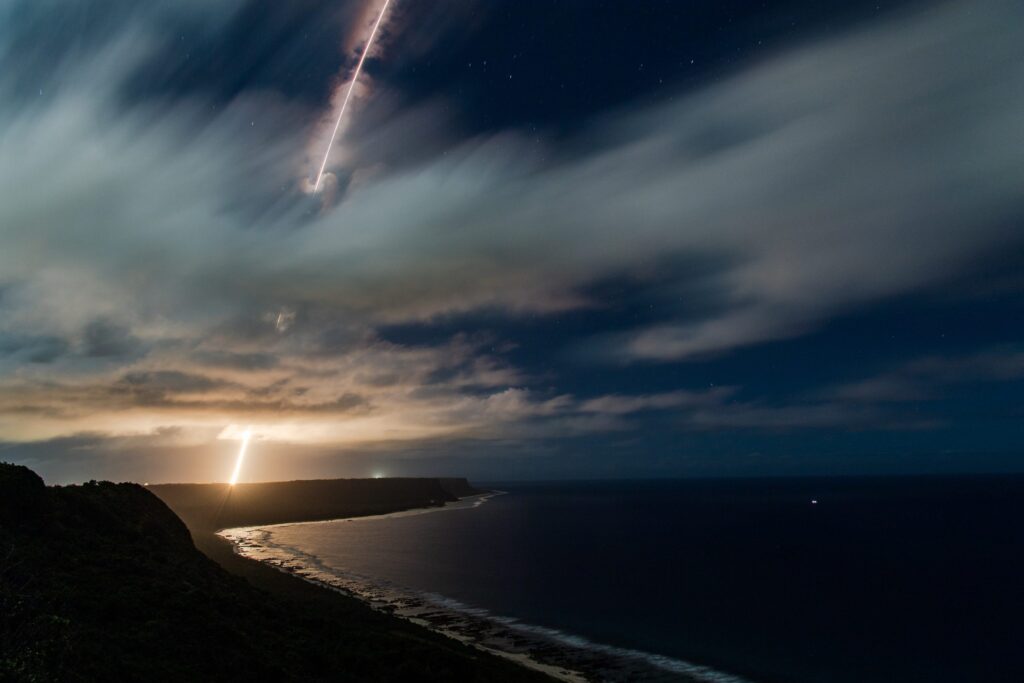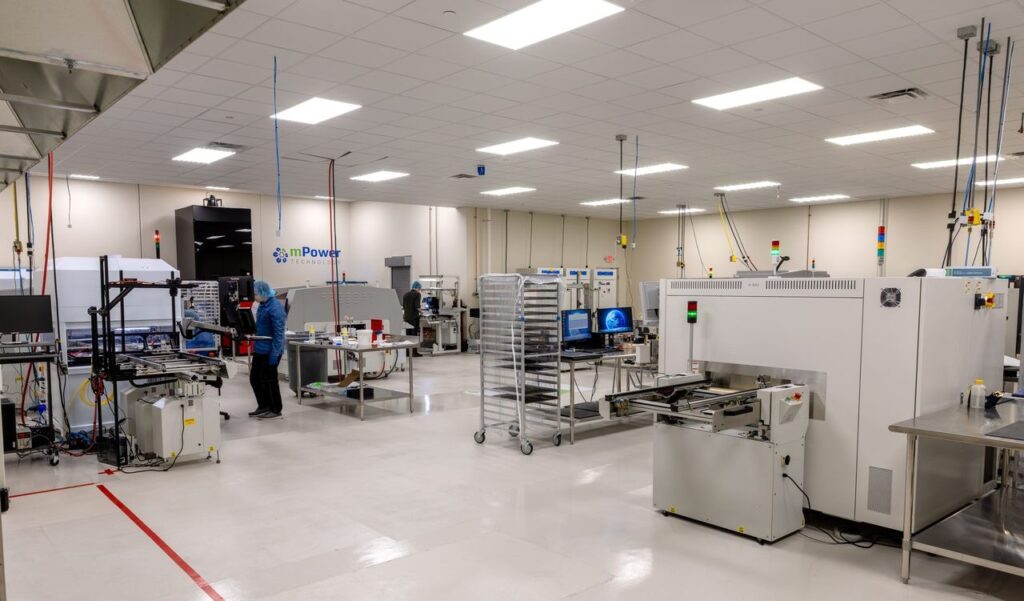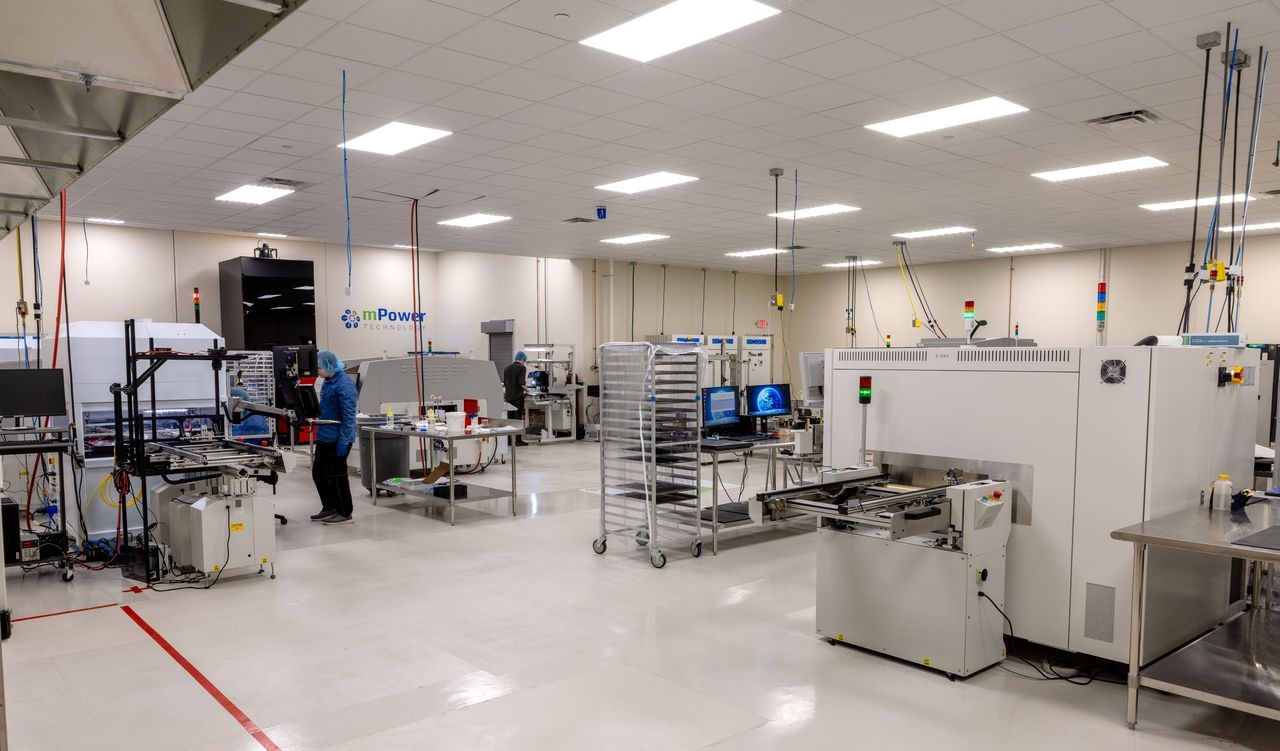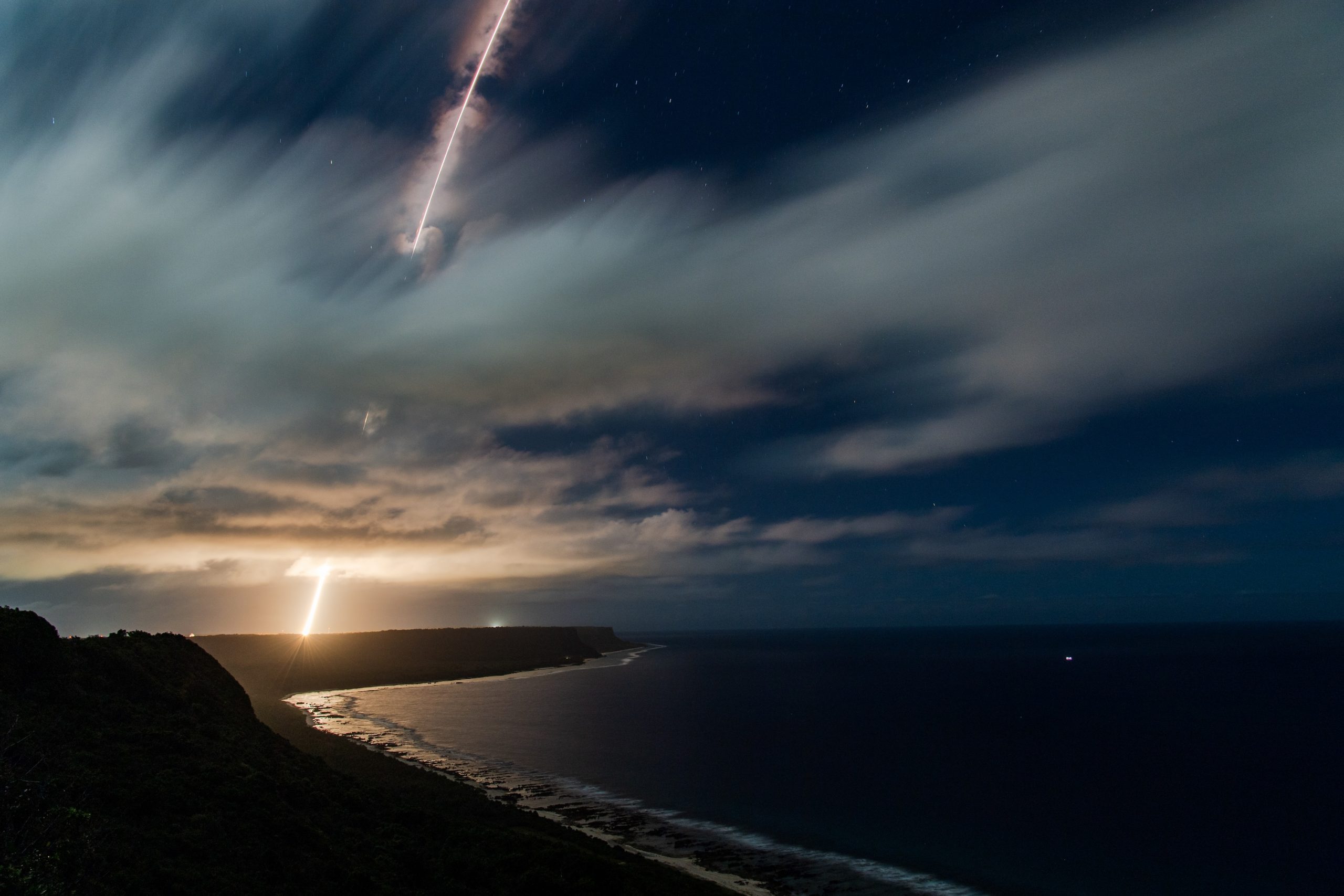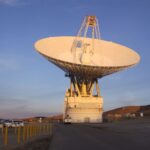Now Reading: Key antenna in NASA’s Deep Space Network damaged
-
01
Key antenna in NASA’s Deep Space Network damaged
Key antenna in NASA’s Deep Space Network damaged


WASHINGTON — One of the largest antennas in NASA’s Deep Space Network was damaged in September and may be out of service for an extended period, further straining the system.
NASA’s Jet Propulsion Laboratory confirmed Nov. 10 that the 70-meter antenna at the Deep Space Network (DSN) site in Goldstone, California, has been offline since Sept. 16, with no timetable for its return to service.
“On Sept. 16, NASA’s large 70-meter radio frequency antenna at its Goldstone Deep Space Communications Complex near Barstow, California, over-rotated, causing stress on the cabling and piping in the center of the structure,” JPL said in a statement to SpaceNews. “Hoses from the antenna’s fire suppression system also were damaged, resulting in flooding that was quickly mitigated.”
The antenna, designated DSS-14, is the largest at the Goldstone site and among the largest in the entire DSN. Two other 70-meter antennas operate at DSN sites near Madrid, Spain, and Canberra, Australia. The 70-meter antennas are essential for communicating with spacecraft in the outer solar system and can also be used for closer missions requiring higher data rates or experiencing technical problems. Each DSN site also has several smaller antennas.
Rumors of significant damage to DSS-14 had circulated for weeks. A website that provides real-time monitoring of DSN communications showed no activity at DSS-14, displaying only an “Antenna Unplanned Maintenance” status. JPL said last month that it could not comment on the antenna’s status, citing difficulties coordinating with NASA offices during the government shutdown.
The new JPL statement did not specify when DSS-14 might resume operations, noting that NASA has convened a mishap investigation board to review the incident.
“The antenna remains offline as the board members, engineers and technicians evaluate the structure and make recommendations and repairs,” JPL stated. “NASA will provide information on the board’s findings and next steps for returning the antenna to service after the federal government reopens.”
Extended outages of DSN’s 70-meter antennas are not unprecedented. The 70-meter antenna in Australia, DSS-43, underwent 11 months of upgrades in 2020 and 2021 that prevented it from transmitting. That antenna is the only one capable of communicating with Voyager 2, now operating in the outer reaches of the solar system.
The loss of any DSN antenna adds pressure to a network that NASA and its watchdogs have warned is already overstretched. The agency’s Office of Inspector General found in a 2023 audit that the DSN “is currently oversubscribed and will continue to be overburdened by the demands created by an increasing number of deep space missions.”
That strain was exacerbated by the Artemis 1 mission in 2022, which used the DSN to communicate with the Orion spacecraft in cislunar space as well as several cubesat secondary payloads. Other missions, including the James Webb Space Telescope, had to adjust operations because of reduced access to the network.
“When Artemis comes online, everybody else moves out of the way, and it’s an impact to all the science missions,” Suzanne Dodd, director of the interplanetary network directorate at JPL, said during a 2023 advisory committee meeting.
She said those challenges are compounded by declining budgets for maintaining the network. “Looking out to the 2030s, that really scares us on the DSN,” she said.
Stay Informed With the Latest & Most Important News
Previous Post
Next Post
-
 012024 in Review: Highlights from NASA in Silicon Valley
012024 in Review: Highlights from NASA in Silicon Valley -
 02Panasonic Leica Summilux DG 15mm f/1.7 ASPH review
02Panasonic Leica Summilux DG 15mm f/1.7 ASPH review -
 03How New NASA, India Earth Satellite NISAR Will See Earth
03How New NASA, India Earth Satellite NISAR Will See Earth -
 04And Thus Begins A New Year For Life On Earth
04And Thus Begins A New Year For Life On Earth -
 05Astronomy Activation Ambassadors: A New Era
05Astronomy Activation Ambassadors: A New Era -
06SpaceX launch surge helps set new global launch record in 2024
-
 07Space Force plans new ‘Futures Command’ amid pressure to speed up modernization
07Space Force plans new ‘Futures Command’ amid pressure to speed up modernization












